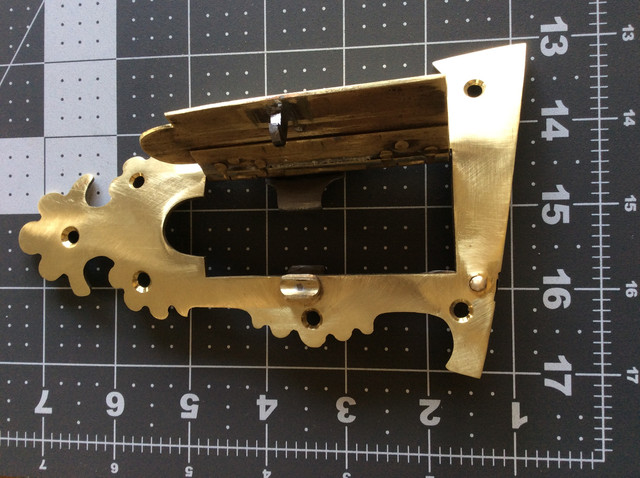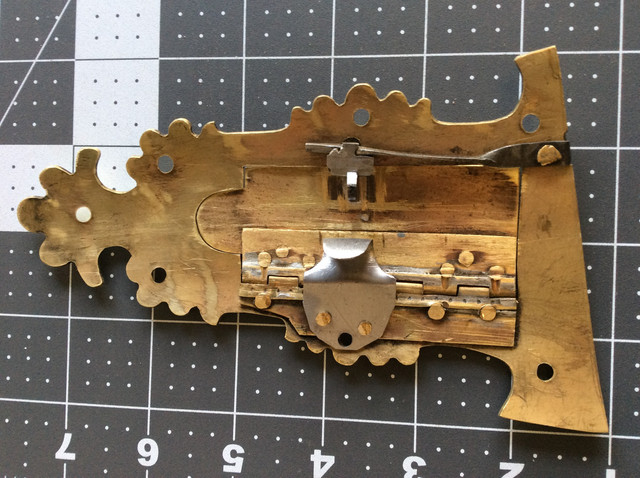Frederick Fainot was a French-born gunsmith who emigrated to Canada, then to NY state, then Lancaster Pennsylvania by the mid 1770s. His work is very distinctive and his patchbox designs were unique and complicated. I admire his work and researched his guns and construction of patchboxes, and just finished a fowling piece patterned after his fowlers. I used a figured black walnut blank, a 44” octagon to round Getz barrel, a Chambers Early Ketland lock, and Reeves Goehring buttplate and guard castings, and fabricated the rest. I've been at this too long but enjoyed every minute of it.
I aged the metal some but have not decided how far I will go with the wood. It's such a nice piece of wood and finished well for me with Chambers' Oil.





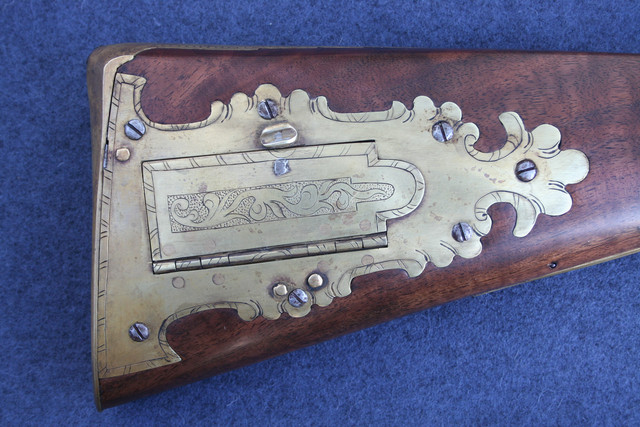
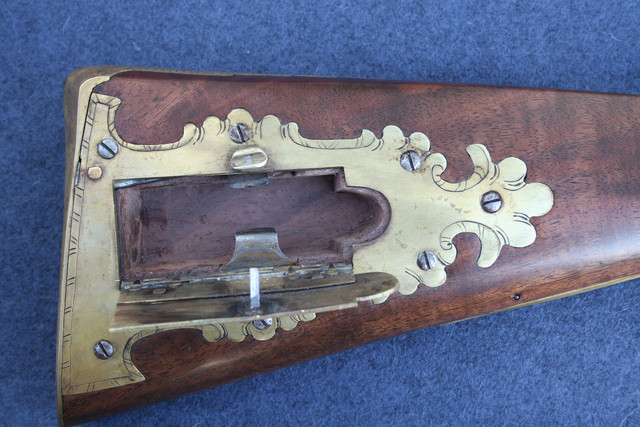
Comments and critiques are welcome.
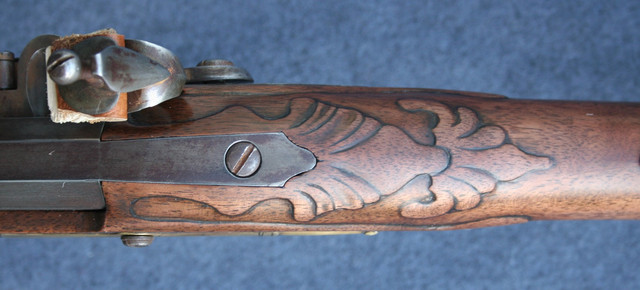
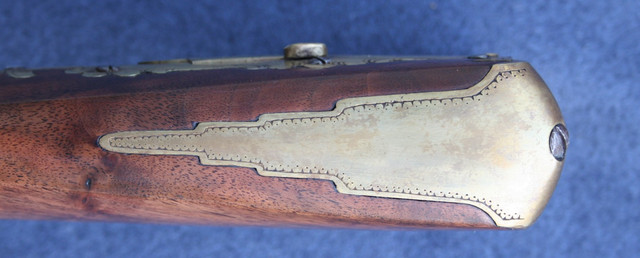


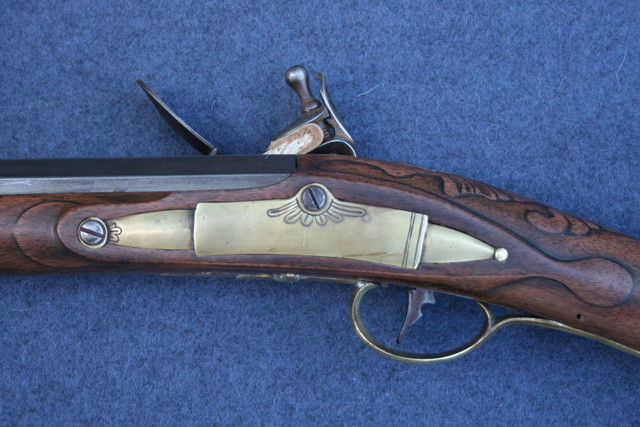
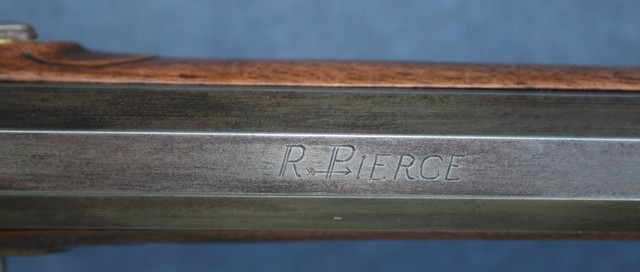
I aged the metal some but have not decided how far I will go with the wood. It's such a nice piece of wood and finished well for me with Chambers' Oil.







Comments and critiques are welcome.











